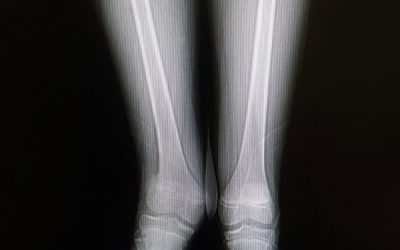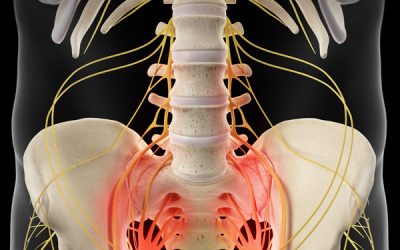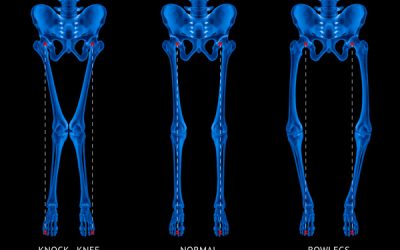There are several types of Hip fractures. Femoral Head/Neck Fractures/Stress fractures Fermoral head / neck fractures Slipped capital femoral epiphysis; Is a condition that occurs in teenagers where the ball at the head of the femur slips off the neck of the...
ARTICLES & VIDEOS FROM
FERNANDO BIDINO
IF YOU HAVE AN OSTEOPATHY OR PHYSIOTHERAPY QUESTION
Hip Arthritis
Femoralacetabular impingement (Cam and Pincer) is a condition caused by Bone spur (osteophytes) formation which develops in advance cases of arthritis due to the significant joint deterioration disturbing the natural bone remodelling physiology. Due to the outgrown of...
Hip sprains
Common Hip misalignments dysfunction seen with different types of ligamentous Sprains Iliofemoral and Ischiofemoral Sprains – Anterior and Posterior rotational Pelvic misalignments Hip Ligaments Sprain Pubofemoral Sprain – External Pelvic and hip fixed...
Hip tendinitis
The alignment of the pelvic girdle and to a lesser extent the Hip joint are key structures involved and responsible for maintaining the health and resilient of the soft tissue support. All the hip muscles attached at the pelvis and the tendons are used as powerful...
Short Leg deficiencies
There are 2 types of short leg deficiencies: Functional or Anatomical. Anatomical means there is a structural anatomical shortening of one of the legs Functional means there is a biomechanical imbalance, particularly in the pelvic, causing one leg to appear...
Hip Neurological entrapments
Is Important to highlight that the nerves described in all hip entrapments have the origin at the level of the lower spine, hence the lower back evaluation and treatment should be incorporated when dealing with patients with any hip neurological complaint. There are...
Fixed Internally and Externally rotated Hip
A fixed externally rotated hip increases the weight bearing at the inner side of the knee predisposing to medial meniscus problems and creating a torsion on the lower leg bone (tibia) eventually leading to ankle misalignment and the progression of flat foot. A...







